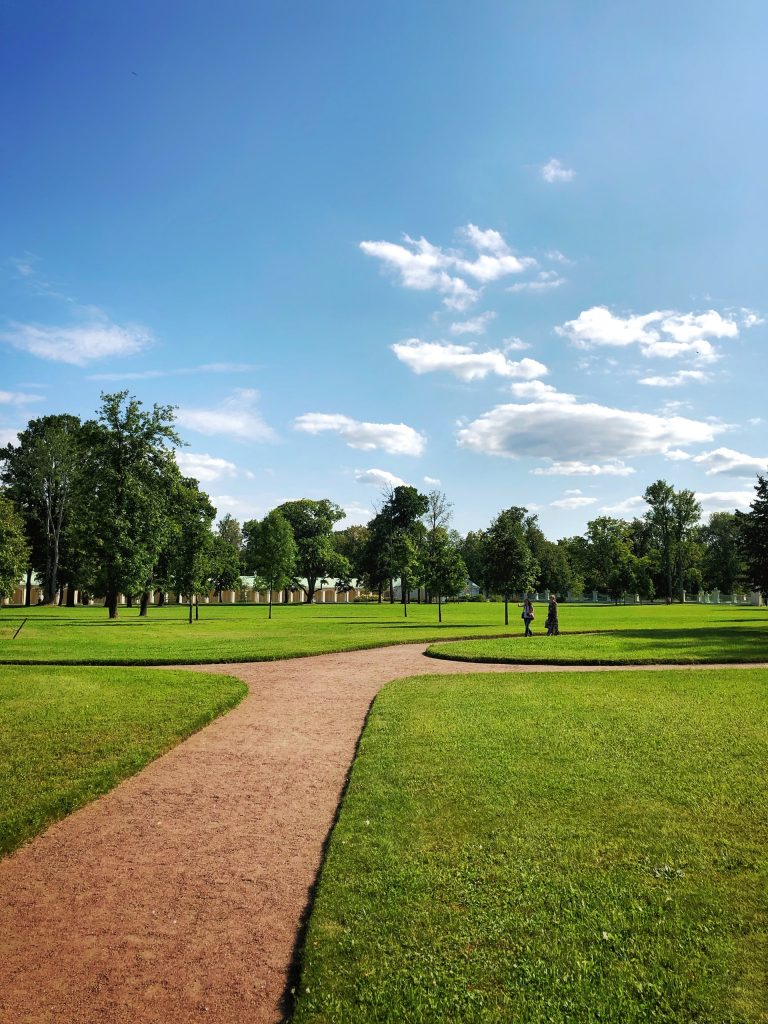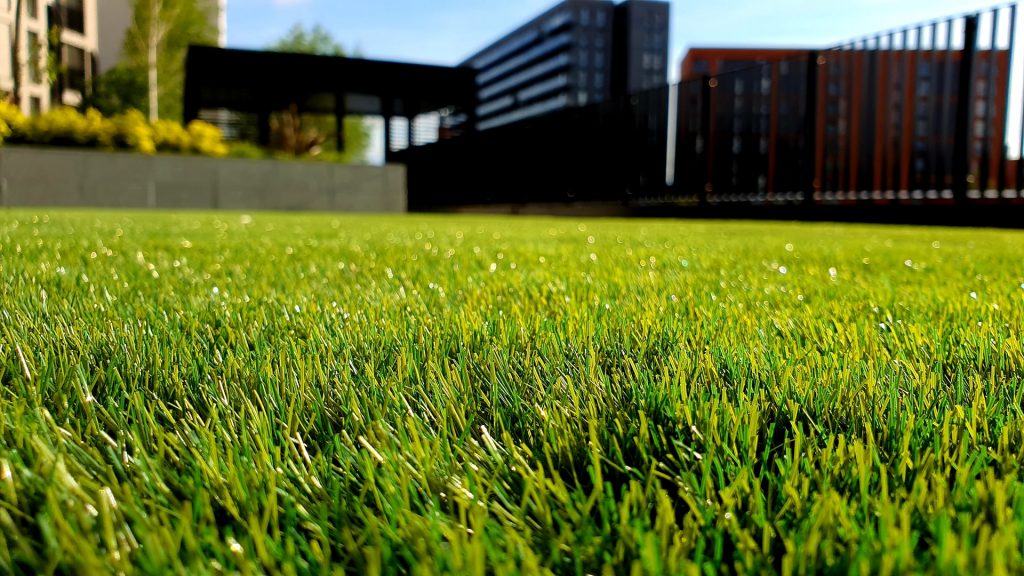Having a lush green turf of natural grass is a dream of almost all homeowners. Caring for the lawn is also a good feeling. A homeowner will have to work towards a well-cared and blossoming lawn.
The results are very beautiful and the lush green turf and grass carpet is a manifestation of your dedicated efforts over a period. Below are the important lawn care tips and basics for beginners that you should know if you are new to lawn care.

1. Know the Soil
When you know more about the soil of your lawn, you can care for it better. For a green turf, what goes underneath the ground is also important. For instance, if you are aware of the pH level of the soil, you can adapt better measures to ensure that healthy grass grows in your lawn.
Professional service or certain agricultural Departments of the government (including the County extension office) can provide you with information on the soil laboratories and the test kits.
You will have to take the soil samples including the samples of the problematic soil areas of the loan (for instance the bare areas). The lab and the experts can provide you with recommendations based on the results of the test.
2. Fix the Issues
Once you get the results of the soil test, you can pursue the recommendations. The lab recommendations will bring to notice certain soil amendments that can be used to improve the potential of the lawn.
For instance, you can add more lime to the soil to ensure that it has an appropriate and facilitative pH and can draw on the nutrients.
3. Inquire about the Best Grasses

Different grass varieties may suit the different growing regions. The turfgrass may vary in its climate preferences and may also have variations in the extent to which it can tolerate drought.
When you prefer seeds over sod, you may also grow a grass turf that has the specific qualities that you seek in your homegrown green turf. For instance, you may like your grass to have more texture and durability.
Bermuda grass is a warm-season grass and may better suit the warmer and the summer heat climates. Kentucky Bluegrass, on the other hand, is well-suited for the cooler temperatures.
With these variations in place, you should be choosing a lawn grass that better suits the region in which it is grown and may require fewer resources (including water). Some grasses may even require lesser maintenance time.
4. Timing is Important
Timing your grass plantations is also important. Appropriate timing is also important when you are thickening the existing grass of the lawn or want to seed your lawn. For instance, you should be planning seeding and thickening in a way that corresponds with the appropriate seasons for grass growth.
You should also read the tag of the seed that you purchase, as it may have important information for you.
The labels and the tags may reveal to you information including the variety and kind of seed and its name, rate of germination, and the “sell by” date as well. The information may come in handy when you are trying to time be seeding in your lawn.
5. Feeding the Right Nutrients

Lawn grass and turf will need good nutrition to be green, vibrant, and lush in form. The soil test results that you get from the laboratory will reveal to you the amount of nitrogen you need for your lawn every day. As it is known, nitrogen can be found in organic matter as well as fertilizers.
You may get to know more about the percentage of nitrogen carried by a fertilizer when you go through the label of the product. However, ensure that you maintain the balance and do not overfeed. Overfeeding may itself cause certain damages.
For the lawn, you should avoid shallow and frequent watering as it may cause shallow roots that can easily succumb to stress including draught. For the lawns, deep watering should be carried out at less frequent intervals.
6. Fight the Weeds
It is common for the lawns to have weed seeds and weeds. Weed growth is detrimental for the growth of your main grass plant and variety as it may consume water, nutrients, and light.
Try to learn more about the ways to find out the common weeds of the lawn, and the specific methods and products you can use to kill the specific weeds. Removing the weeds will ensure that you have to incur the least labor towards lawn maintenance and care and do not have to undertake repeated treatments.
You can also engage a professional weed removal service for removing undesired weeds from your lawn.
7. Mowing

Moving should be done based on the growth of the grass, and not the week or day. Different grasses may grow at a different rate and therefore their height and growth may vary.
Grasses including the Bermuda Grass are kept short only. However, some other grass varieties may require more height. You may like to know more about the best practices for mowing as well. For instance, more than one-third of the length of the blade should not be removed at the time of mowing.
Conclusion
The above-given measures will ensure that you get a lush green lawn that has good quality grass growth. Reducing the weeds ensures that the main seeds grow and develop to the fullest.
Proper and regular lawn care also provides for lesser maintenance and efforts, and lesser resources are consumed as well. It ensures that you can keep a lawn and the grass in good shape at a lesser cost.
Leave a Reply